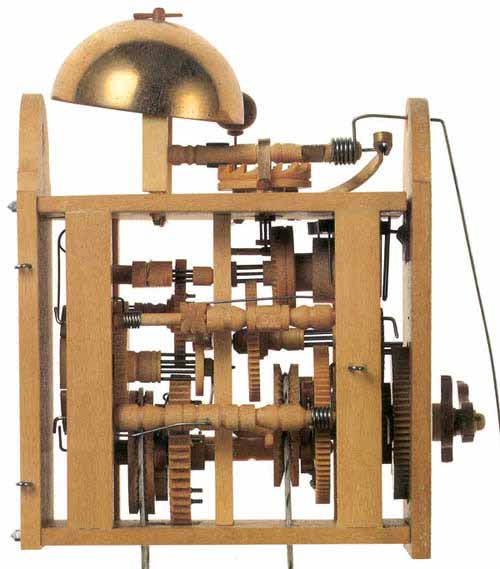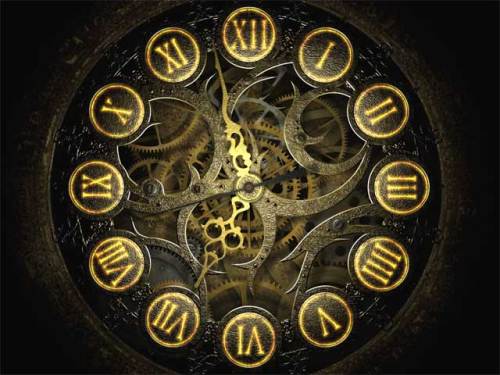Tangent, an online magazine that reviews short fiction has a review of Hal Duncan’s “The Whenever At The City’s Heart which appears to an awesome story and well placed in the Fantasy side of the Clockpunk genre. Here is the review from Tangent which should give people a good idea about the story.
The first story in the 25th anniversary issue of Interzone, Hal Duncan’s “The Whenever At The City’s Heart,” is a striking mix of “clockpunk” and fantasy, a sense of grand Baroque whimsy coming through in both the telling and the details. The kaleidoscopic structure of the story centers on the great clock tower, the titular “whenever” in the heart of his imagined, nameless city. All glittering glass and brass and mirrored cogs and grinding gears, the tower contains inside it a microcosm that keeps the streets around it following “their paths through time” in an apparently clockwork universe.
As the story begins, however, the watchtower’s bell is inexplicably out of synch, and the world around it grows chaotic, the city “adrift upon its rock, a myriad of singularities spiraling around it.” The narrative switches back and forth between those spiraling singularities, fanciful and surreal, and the tower’s watchman as he struggles desperately to get the universe back in order, but alas, order may be just something “tossed out by chaos as a glib aside.”
Duncan’s imagery is razor-sharp, and his prose playful and poetic, all but making verse out of the vocabulary of today’s physicists. Additionally, while it may initially seem impenetrable, the story holds together better than much of the High Modernist poetry it reminded me of stylistically (and happily, its tone is far removed from their overwrought aristocratic gloom). “Whenever”‘s complexity and sensibility will certainly not be to every taste, but even if you’re initially skeptical, you may find it growing on you with rereading, and even if you come away feeling the whole is less than the sum of its parts, there is much to enjoy in its richly imagined fragments: the sandminer listening to a blind boy’s song; the battle-scarred veteran soldier losing himself with a dreamwhore for a little while; the ruling angels and human rebels battling in the streets.









Recent Comments